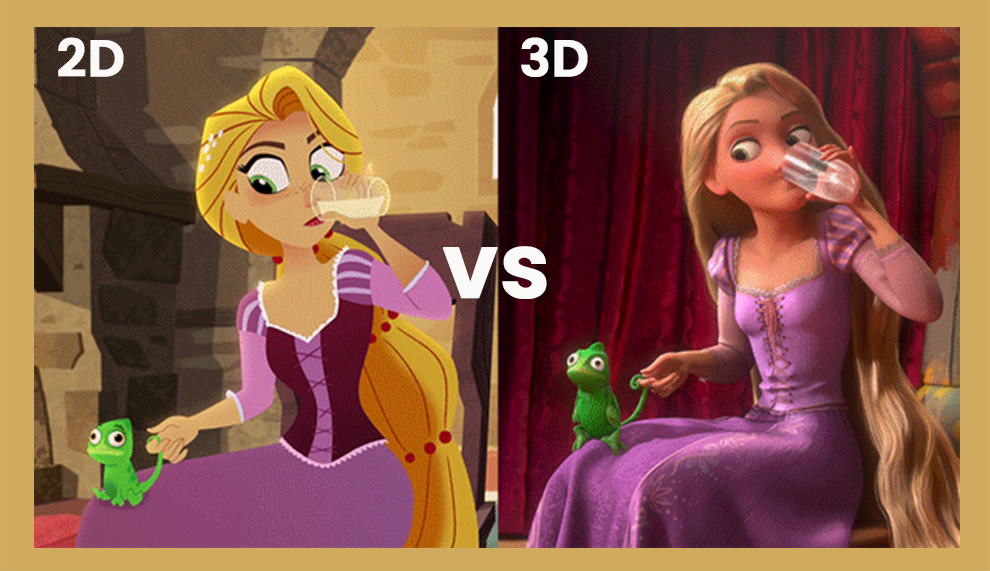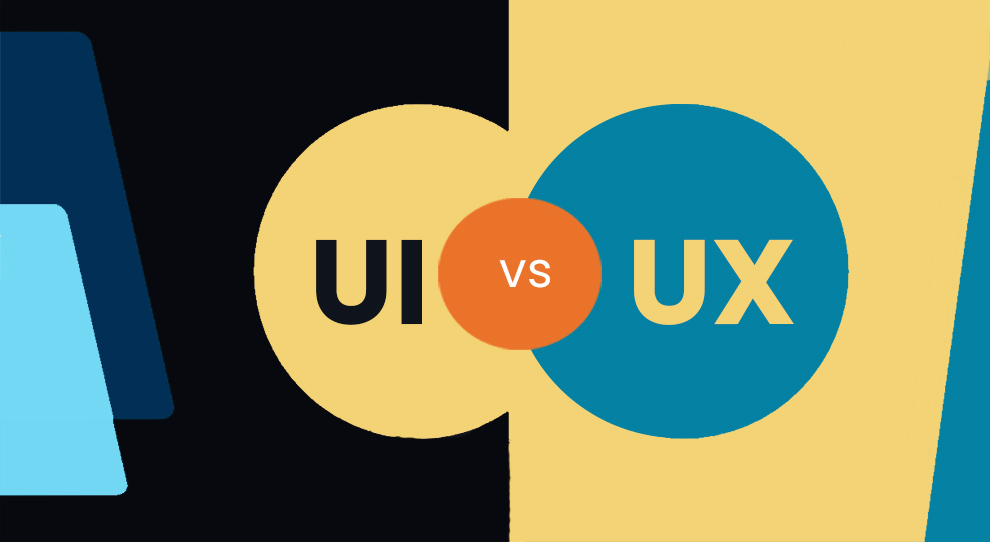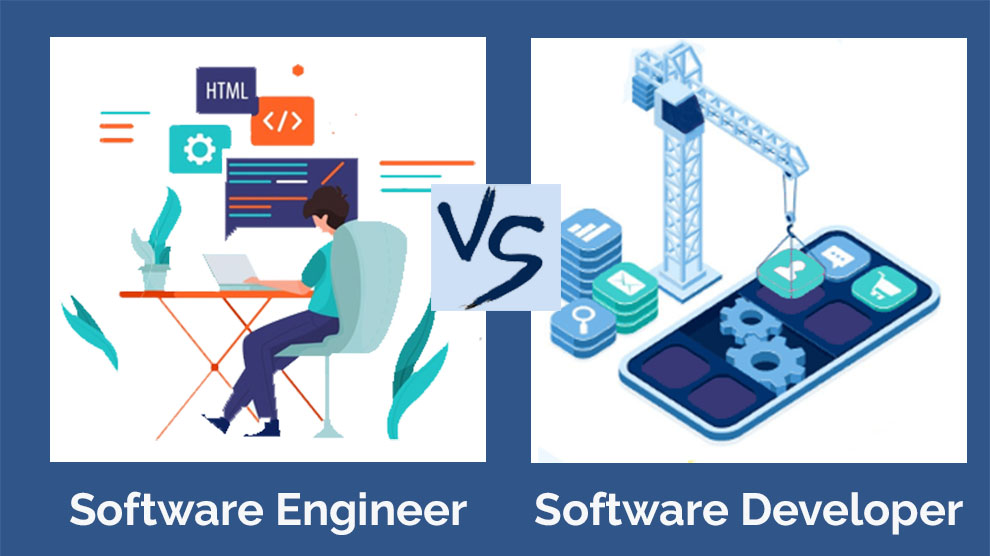Overall Pimsleur is a better pick with more than 50 languages to learn from. But it lies on the expensive side and does not offer a certification.
Babbel and Pimsleur are the two popular platforms for people interested in learning a new language. One question we see cropping over and over again is whether someone seeking to learn a new language must go for Pimsleur or Babbel.
In all honesty, it is not an easy question to address, especially in structure and popularity, where the two are almost alike. But, if you know how and where to look, you will find some pivotal differences between the two that make one better than the other for different learners.
We will directly compare Pimsleur vs Babbel, the two prominent language learning apps in this head-to-head guide, wherein the focus is on the platform’s highlights and features. Rest assured, you will be in a position to pick one over the other by the end of this comparison review.
But, if you are battling a time crunch, here is a constricted conclusion of the Babbel or Pimsleur debate.
Even though the two provide courses for learning different languages from scratch, they have different focuses in the lesson specifics. Hence, the primary difference between the two language learning platforms is that Babbel teaches holistically by helping with your writing and grammar skills.
However, Pimsleur concentrates more on oral language skills, assisting you in bettering your conversation skills. Thus, Babbel learners have a well-rounded knowledge, but their listening and speaking skills are not at par with Pimsleur.
Now, let us discuss their other features in detail.
Babbel Vs Pimsleur – Comparison Table
| Attribute | Pimsleur | Babbel |
| Pricing | 20 dollars per month | Between 7 and 14 dollars per month |
| Refund | Yes | Yes |
| Free trial | Seven-days | No |
| Self-learning or tutor based | Self-learning | Both |
| Android or iOS | Both | Both |
| Access | Both Computer and Mobile | Both |
| Levels offered | The most popular courses have five levels, while some less popular courses have fewer. | There are 7 different levels. |
| Lesson length | 45-60 minutes | 10-15 minutes |
| Ease of use & engagement | Ranks better | Not as good as Pimsleur |
| Languages available | Pimsleur offers around 50 languages | 14 languages: Spanish, French, German, Italian, Portuguese (Brazilian), Polish, Russian, Dutch, Turkish, Danish, Norwegian, Swedish, Indonesian, and English. |
| Interactive | Less | More |
| Practice tests | Heavy Emphasis | Moderate Focus |
| Voice recognition | No | Yes |
| Certification | No | Yes |
| Podcasts | No | Yes |
Pimsleur – A Brief Overview
As is expected from an audio-based language learning platform, Pimsleur focuses on speaking and listening exercises. The company has an expansive portfolio of more than fifty language courses, and its teaching method comprises core vocabulary, anticipation principle, graduated interval recall, and organic learning.
Sadly, the grammar exercises are not in the scene, making it challenging to learn languages having an unfamiliar phrase structure like Japanese or German.
You can access Pimsleur on your mobile phone or computer as it is available via an online platform, mobile app, and desktop program. You can also download the classes in MP3 as they are compatible with all devices that support the file type.
Sadly, we do not quite understand its pricing strategy, mainly because not all the options are on the website are for easy access. But you can buy each course level separately or the complete program at $550.
Alternatively, there is also an option for a monthly subscription, the last option that gives you the best price. If you do the class daily as intended and bear a $14.95 fee monthly, you can save around $400 on the complete program.
Standout Features of Pimsleur
Now, let us discuss some of Pimsleur vs Babbel’s standout features that add to the former’s likability.
A. Lessons
All the Pimsleur classes are rooted in conversational practice. For every lesson, you must complete the 30-minute audio exercise, wherein you will work with a moderator conversing in English. He takes you through the native conversation step-by-step.
Next, you will hear some sentences in your target language, and the moderator halts to explain the situation. Further, he will ask some questions and engage in a conversation with you. So, it is a guided conversation, which is the core of the Pimsleur lessons.
As you progress to the upper levels, the moderator begins to phase out further and further, presuming you are now better equipped with the target language.
Following every target audio lesson, you review what you learned via exercises and drills via assignments, such as digital flashcards, reading tasks, speed games, and matching activities.
B. The Pimsleur Method
One thing that can simplify the choice is understanding the Pimsleur program’s learning framework. It is the core of their program, and many refer to it as the Pimsleur method.
It is a type of popular spaced repetition system, and Pimsleur tweaks it even more effectively. So, instead of merely reading or listening to an individual phrase or word and then repeating it to remember it (like in the case of Babbel), Pimsleur audio lessons ask you to say the phrases or words and respond to a native speaker, as in the context of a conversation.
It changes your stance from a passive listener to an active one because you partake in the conversation. Moreover, the moderator keeps you on the toes because you understand what’s happening and respond at regular intervals.
Active participation makes Pimsleur stand out in the Pimsleur vs Babbel battle as it helps you recall significant chunks and employ the verbiage under pressure like you would in real-life situations. It fares better than listening and repeating the words in a vacuum.
C. Flexibility
Another potential strength associated with Pimsleur is that you can study the language anytime, anywhere, and while doing anything since the lessons are primarily audio-based.
You do not have to be glued to your phone or computer at all times, as with Babbel. In addition, the platform’s mobile application has an exquisite driving mode that lets you learn and finish the lessons on a long road trip or while driving to work.
D. Cost savings
Lastly, Pimsleur also stands out because they offer access to all their language courses at only $1 more per month. However, most people do not look forth to learning more than one language.
Hence, this is not going to matter to a lot of people. But, for anyone who intends to learn multiple languages, this is a viable benefit.
If you have a friend or a family member interested in learning a new language, you can save money by partnering up and splitting the cost of a single account, reducing the price to $10.5 per month each, or less if you add a third person too.
Pros and Cons of Pimsleur
Like every coin has two sides, there are some downsides to Pimsleur app as well. Lets look at the prs and cons both.
Pros
|
Cons
|
Babbel – A Brief Overview
Available for desktop and mobile, Babbel provides a comprehensive language learning program, which covers everything from listening, writing, reading, and speaking exercises.
In addition, it also comprises extra content that students can employ to accentuate the language learning process even further, like videos and podcasts with tips. But there are no roses sans thorns. So, Babbel, too, has its decent share of cons.
It offers only a limited number of language courses. However, it covers fourteen of the most popular languages. However, if you are looking for a niche language, you might be unable to find it with Babbel.
However, all the courses are well-structured and give you wholesome cultural information. As you progress further, the class gradually lowers the number of tips in the English language. You also have the option to jump between the lectures as you deem fit.
In addition, you can choose to do specific courses for particular subjects, too. For instance, if you travel for leisure, you do not need to know the language’s business aspect.
They also have placement tests. So, if you have learned a language previously and are returning to it, you can take the placement tests after you make your account with Babbel. Babbel also offers certification once you pass through the said course level.
Babbel’s pricing strategy is straightforward. They follow a subscription-based model, and students can pick from the different billing cycles. Naturally, the longer you decide to commit, the cheaper it becomes. With their yearly installments, you can buy it at as low as $6.95 per month.
Standout Features of Babbel
A. Lessons
When we compare Babbel vs Pimsleur, we find the former’s lessons are relatively shorter. Every class is around 10 to 15 minutes long. So, they go by faster because every lesson has quick-hit exercises and interactive drills.
In the initial few minutes, you listen to new vocabulary words and repeat them, and then you transition to the digital flashcard for the next few minutes. Hence, the lessons are fast-flowing and engaging.
You also read a short conjugation or grammatical lesson and then spell the phrases or words by typing them with your keyboard. Next, you will have to complete a fill-in-the-blank exercise by tracking a mock conversation. It is a blended, fast-moving approach, which makes it better than Pimsleur.
So, the takeaway is the Pimsleur lessons take around 45 to 60 minutes to complete, and the focus is on speaking and listening within the context of an actual conversation. On the contrary, Babbel has smaller lessons with more variation in exercises and drills. Their focus is on visuals, writing, and reading.
B. Engaging exercises
Babbel throws the same content to you in several ways in a short time frame, forcing you to interact with the material from different perspectives, like speaking, listening, writing, and reading.
Conclusively, you get equipped with all these mediums and do not get bored with the lessons. Hence, Babbel is an ideal option to grab your attention, and the same may not always hold for Pimsleur.
Because, at times, their audio lessons are pretty slow. So, if you consider the interactive nature of Babbel’s lessons, it is a clear winner.
C. Better suited for visual learners
If you ask us, Babbel or Pimsleur – Which is a better pick for visual learners? The clear answer is Babbel.
Pimsleur gives a stronger emphasis on speaking and listening, while Babbel’s lessons cover a broader spectrum. Yes, you will practice speaking and listening in Babbel, too. However, they have a vaster coverage.
Moreover, they employ voice recognition technology. So, you know when you pronounce words wrong. It is absent in Pimsleur’s program.
What’s more?
Babbel motivates you to complete drills wherein you practice via your keyboard and type in phrases and words.
In some instances, you will have to reconstruct the phrases and words. In addition, Babbel also incorporates grammar exercises and content into the lessons smartly. So, it won’t bore you with intense, lengthy grammar lessons, which is one excellent thing, as that approach can do more harm than good when you learn a new language.
Babbel integrates grammar instruction into their lessons most efficiently and subtly. For instance, a grammar exercise might have a quick one or two-sentence explanation in English regarding adverbs vs. adjectives, and then you fill in the blanks in example sentences.
With Babbel, you get good practice in writing, reading, speaking and listening, and you get well-versed with grammar principles in the target language along the way.
D. Babbel’s Live Classes
Lastly, Babbel provides you with live classes. Of course, these do not come in their subscription plan – you will have to pay extra, making it somewhat expensive.
But, the company offers several small-group live classes weekly across all the different learning levels. So, you can find the lectures based on your present fluency level. Every class is capped at six students and is about an hour long, covering all sorts of topics.
Pros and Cons of Babbel
Here are the good and bad of Babbel app.
Pros
|
Cons
|
Related: Busuu Vs. Babbel| Babbel Vs. Duolingo| Pimsleur Vs Rosetta Stone| Memrise Vs Duolingo| Rosetta Stone Vs Babbel| Rocket Languages vs Pimsleur| Mondly vs Babbel| Mondly vs Babbel| Fluenz vs Babbel
Which Is Better – Pimsleur or Babbel?
We have discussed every aspect related to Babbel and Pimsleur. Now it is time to conclude and help you choose one over the other. We can say that upon comparing them against each other, it is a very close call.
So, it is a little tricky for us to pick a clear winner. So, it is a tie between the two, as one does not overshadow the other. Both have their pros and cons and are suited depending on the situation. So, the decision finally boils down to your learning preference and budget.
If you are curtailed by budget and do not want to shell out an extra $10 per month, Babbel should be your pick. But, if the price is not the deciding criterion, you must account for your preferred learning schedule and mode.
If you have a flexible schedule and do not mind spending an hour to complete a session, Pimsleur can be a better pick. It is also better for verbal learners who learn by participating and listening to real conversations. But, remember that there wont be any certificate of completion.
On the contrary, if you have a tight schedule and can only spare 15 minutes per day, Babbel can be the go-to option. It is also better suited for visual learners.
Thus, you cannot go wrong with them as they are both head-to-head.





